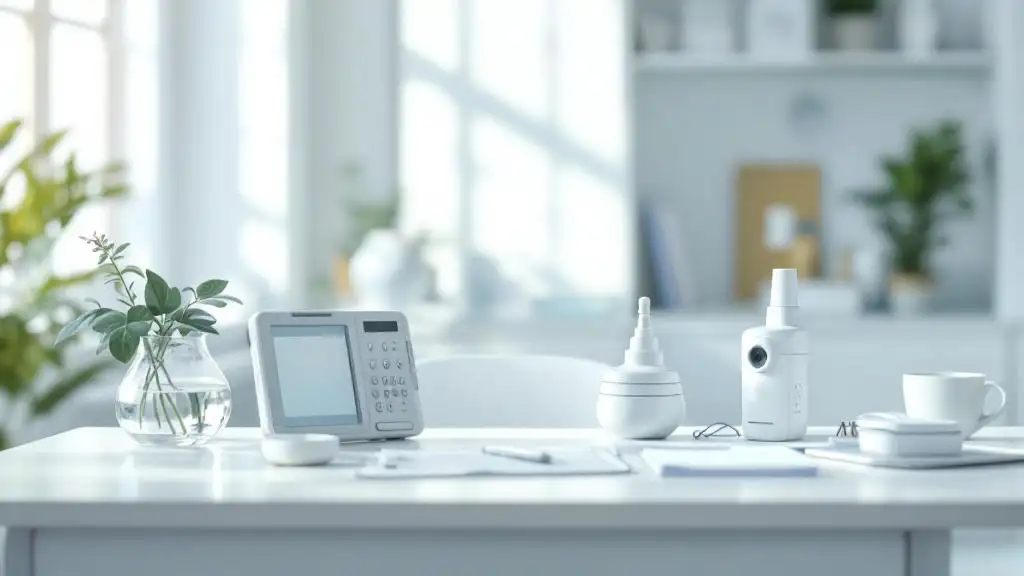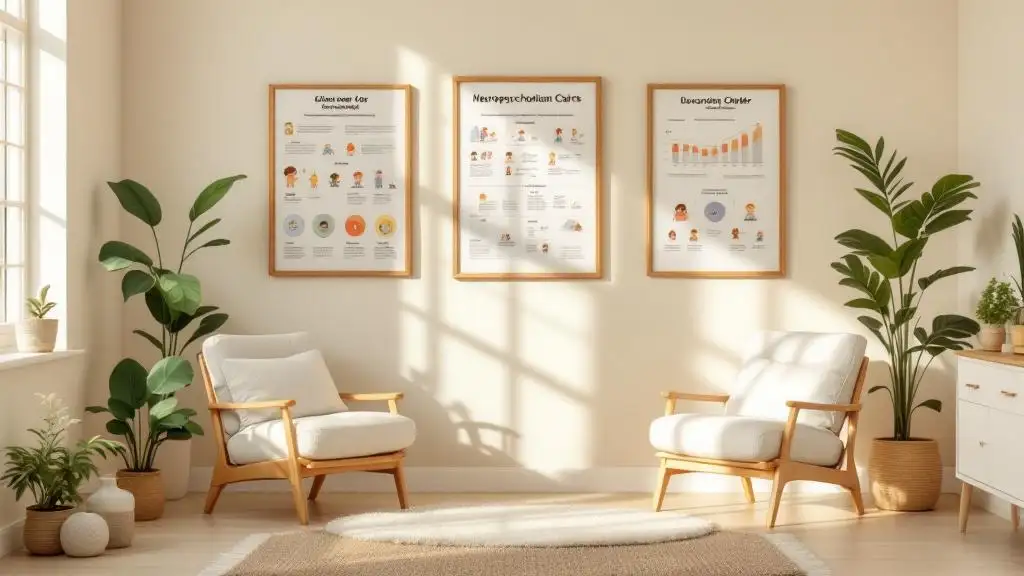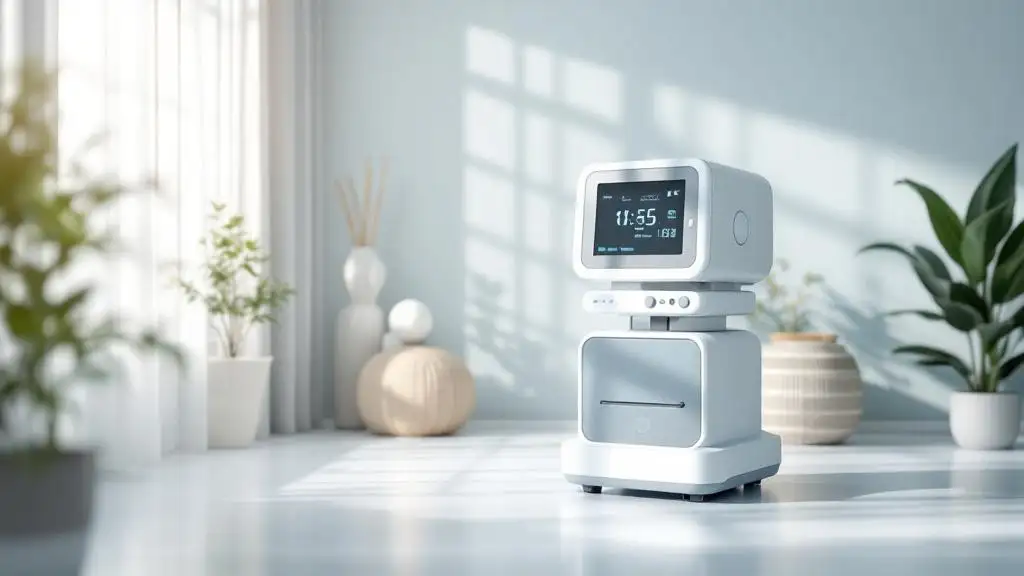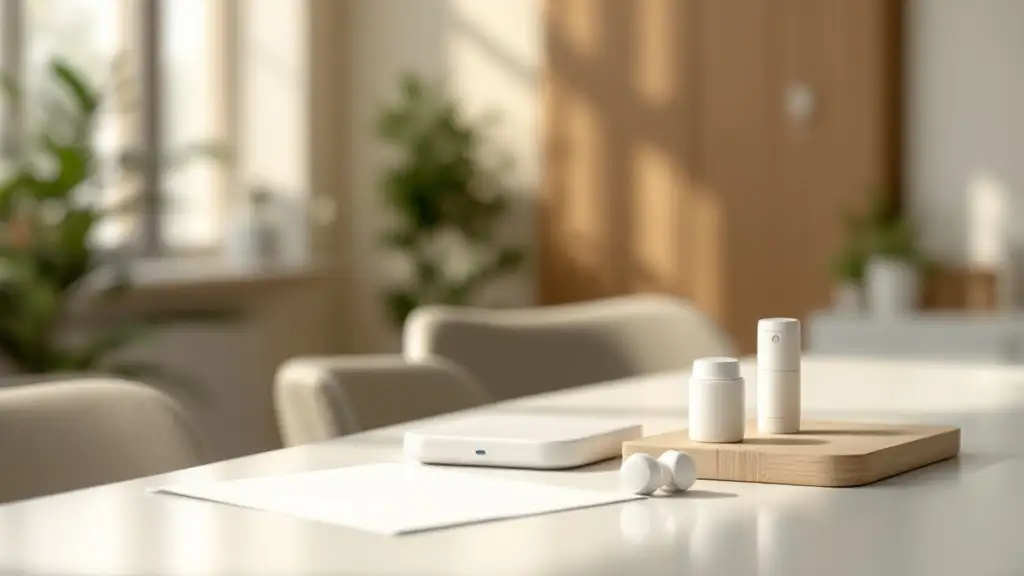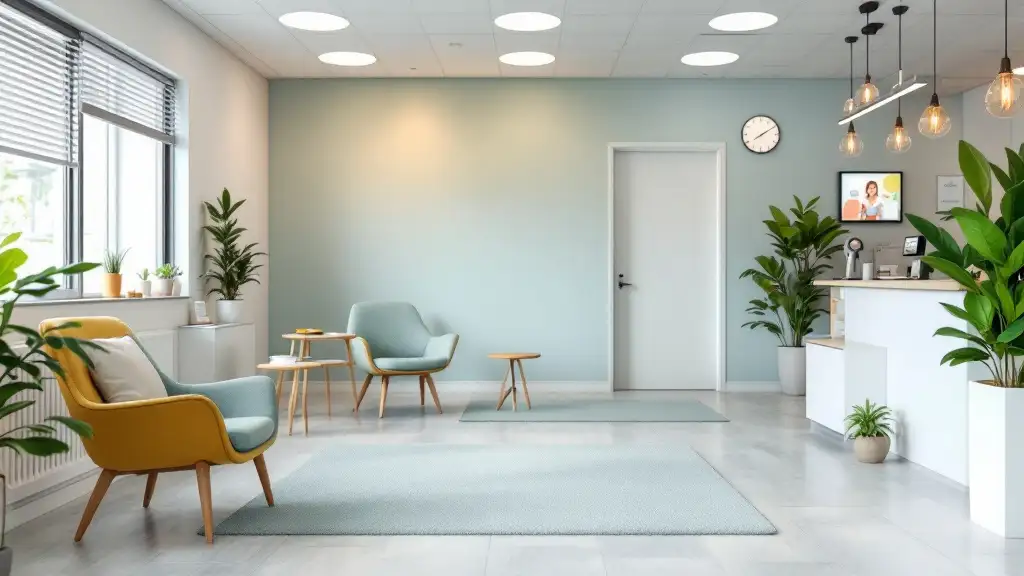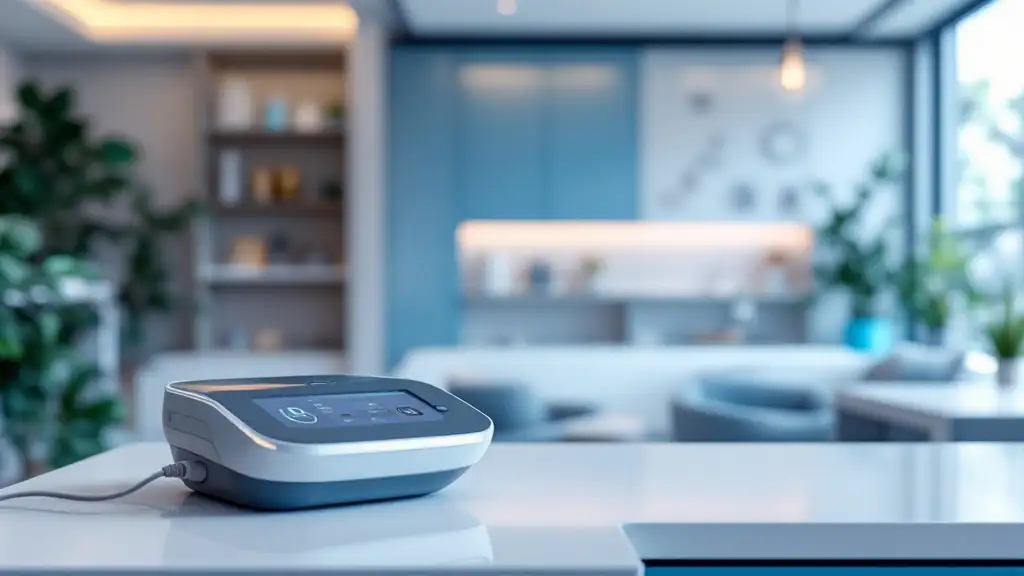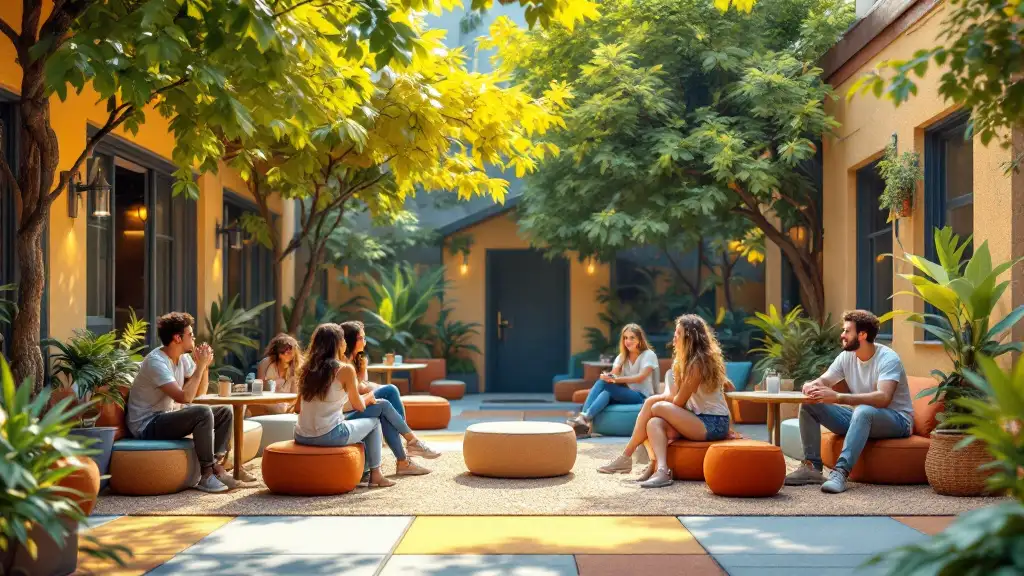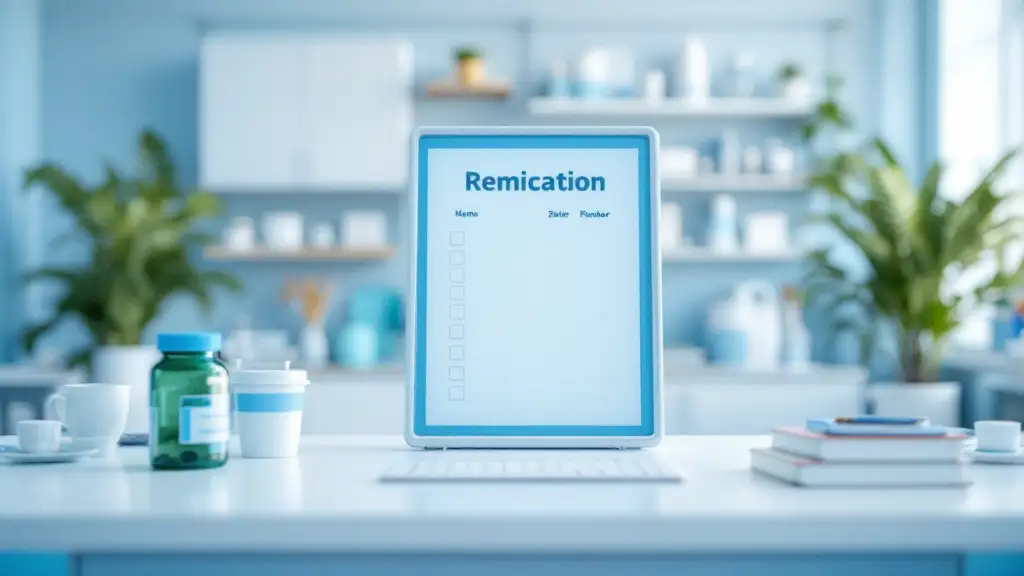The Essential Role of In-Home Mobility Evaluations
Mobility challenges significantly impact an individual's independence and safety within their living environment. In-home evaluations serve as a crucial step toward understanding specific needs, identifying hazards, and tailoring solutions to promote safe, accessible, and independent living. Conducted by multidisciplinary teams, these assessments combine professional expertise, standardized tools, and technology to create personalized strategies that support aging in place and manage various health conditions.
Understanding the Purpose of In-Home Mobility Evaluations

What is the purpose of in-home mobility evaluations for patients with mobility challenges?
In-home mobility evaluations are designed to directly assess an individual's ability to move safely and effectively within their own living space. These assessments help identify what aspects of the home environment may pose risks or barriers to mobility, which is especially important for older adults or individuals recovering from injury or illness.
A professional, such as an occupational or mobility specialist, examines key areas of the home, including entrances, bathrooms, bedrooms, hallways, and leisure spaces. They evaluate how accessible these areas are and whether obstacles like uneven flooring, poor lighting, clutter, or inadequate space are present.
The primary goal is to develop tailored solutions that promote safety and independence. During the assessment, specialists identify potential hazards and recommend modifications like grab bars, ramps, stairlifts, or rearranged furniture to minimize fall risks.
In addition, the evaluation helps determine if the individual requires specific assistive aids, such as wheelchairs, walkers, or smart home technology, to support their daily activities.
These assessments are not only crucial for improving safety but also play a significant role in securing insurance coverage and ensuring that the selected modifications and equipment truly meet the person's needs.
Overall, in-home mobility evaluations serve to create personalized plans that enable individuals to age in place comfortably, reduce falls, and maintain their autonomy.
How do these assessments support aging in place and fall prevention?
Regular evaluations ensure that as an individual’s needs change, their living environment adapts accordingly. Simple modifications can drastically reduce the risk of falls, which are the most common mobility-related injuries among older adults.
Encouraging safe mobility through personalized assessments fosters confidence and promotes activity, which helps strengthen muscles and bones—further reducing fall risk.
These evaluations are vital for proactive care, helping individuals continue living independently while maintaining their safety and quality of life.
Key Components and Steps in Conducting an In-Home Assessment
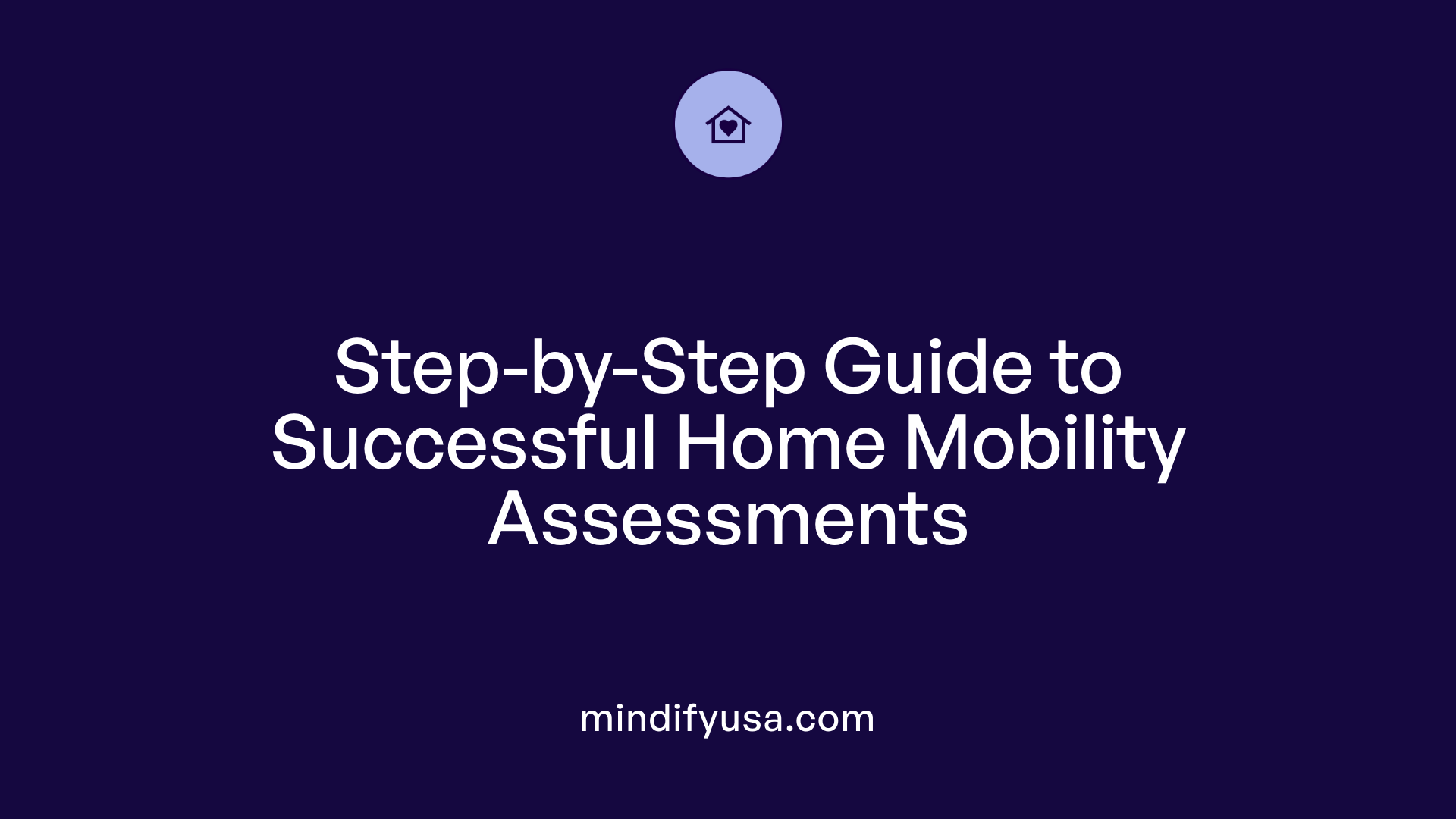
What are the common steps involved in conducting an in-home mobility assessment?
A thorough in-home mobility assessment typically begins with collaboration among healthcare professionals, such as Assistive Technology Professionals (ATPs), doctors, and physical therapists. These experts work together to evaluate the person's individual mobility needs within their home setting.
The assessment often involves an in-person visit, during which an ATP observes the user performing daily activities. This allows for an understanding of real-life challenges faced by the individual.
Evaluators inspect the home environment, paying close attention to layout and structural features. They measure room dimensions, doorway widths, and check flooring conditions, which are critical for wheelchair access and movement.
Assessments also focus on environmental hazards like clutter, poor lighting, or uneven surfaces that may pose fall risks. Observing how the individual navigates these spaces helps identify specific barriers.
Questions about daily routines, current use of mobility devices, and medical conditions are asked to better tailor recommendations. Documentation of needs and medical necessity may be gathered to support insurance or funding requests.
Based on these observations, professionals recommend environmental modifications—such as ramps, grab bars, and widened doorways—and suggest suitable mobility aids. The goal is to enhance safety and promote independence.
By systematically evaluating both the physical environment and the user’s abilities, the assessment guides effective interventions, ensuring that modifications are practical and beneficial for the individual's mobility and safety.
Preparing Patients and Caregivers for a Successful Assessment
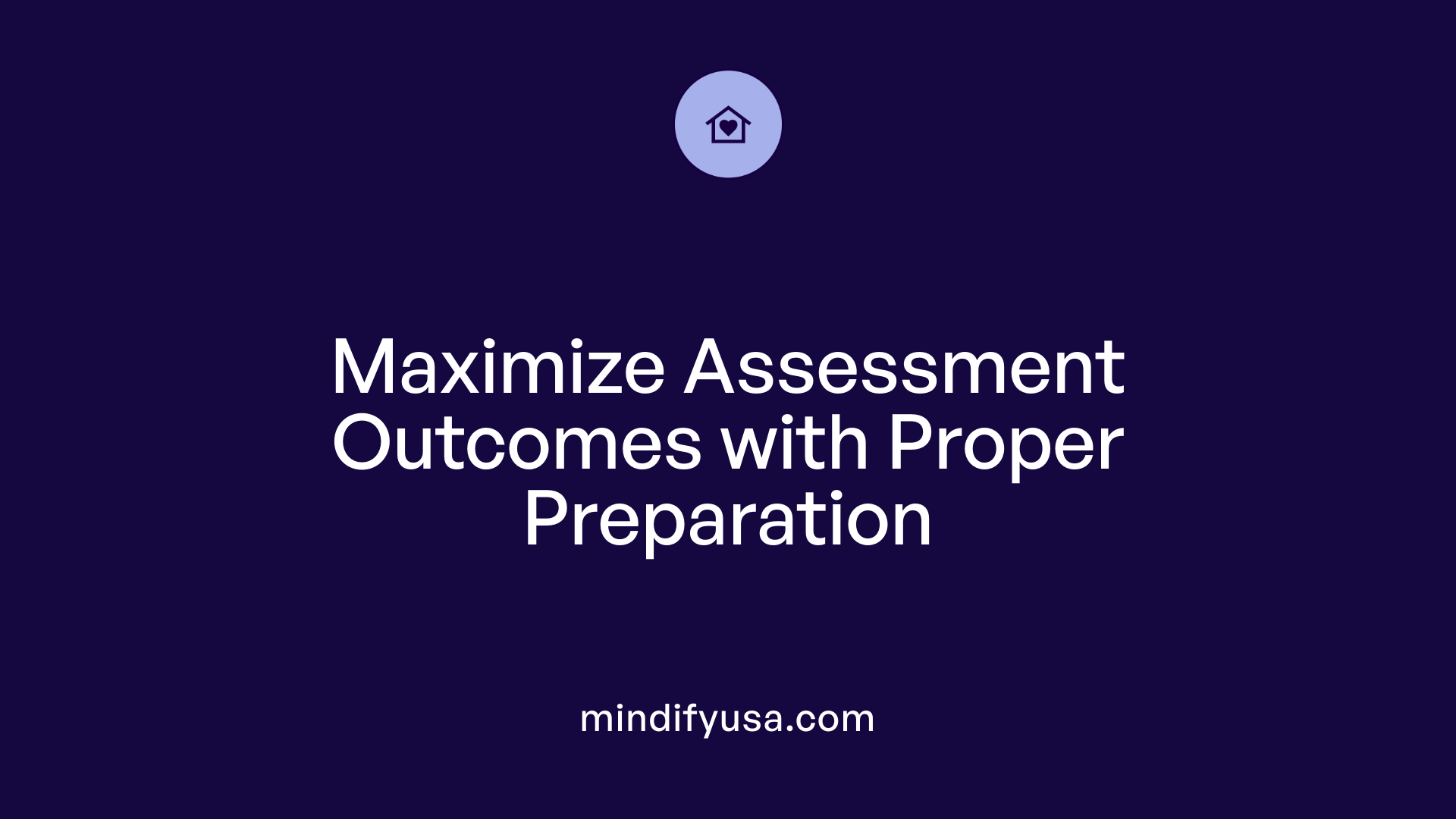
How should patients and caregivers prepare for an in-home mobility assessment?
Preparing effectively for a home mobility assessment is essential to ensure accurate evaluation and personalized recommendations. First, patients and caregivers should clear the home of obstacles, especially in pathways and high-traffic areas, to allow the assessor easy access and movement. Removing clutter, loose rugs, or furniture that could hinder mobility or pose fall risks makes a significant difference.
Being available and engaged during the assessment is crucial. Caregivers should be present to provide detailed, honest information about the individual’s current level of mobility, health conditions, medications, and any mobility aids already in use. Sharing routines and environmental factors, such as flooring types, lighting, and space constraints, helps the assessor understand real-world challenges.
It’s also helpful to prepare a list of questions or concerns beforehand. This can include inquiries about safety modifications, suitable assistive devices, or strategies to improve independence.
Measuring and having measurements of the individual’s height, weight, and reach ranges can support more precise recommendations. Demonstrating mobility abilities or describing specific difficulties provides valuable context.
Overall, thoughtful preparation maximizes the benefits of the assessment, enabling tailored solutions that enhance safety and mobility at home.
Tools and Methods for Mobility Evaluation in the Home
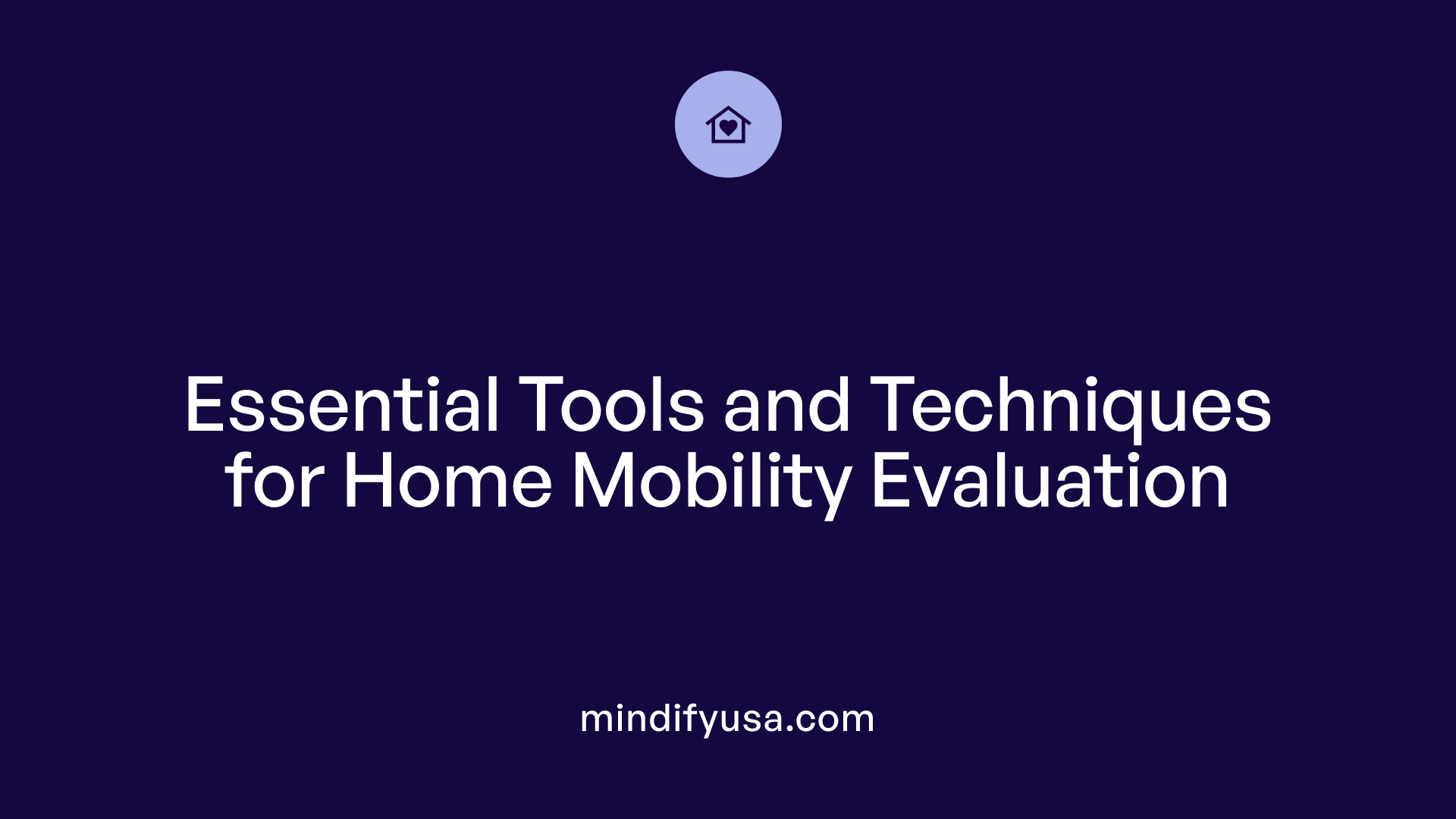
What methods and tools are used to evaluate mobility within a home environment?
Evaluating mobility within a home setting involves a combination of professional assessments, self-guided observations, and technological tools. Healthcare professionals utilize standardized instruments such as the Bedside Mobility Assessment Tool (BMAT) and the Elderly Mobility Scale (EMS). These tools provide a structured way to measure mobility, balance, strength, and safety risks, guiding appropriate interventions.
In addition to formal assessments, physical tests like chair stands, ankle flexibility exercises, and gait observations help determine an individual's mobility capacities. For instance, measuring how easily someone can perform transfers, or assessing their ability to reach or step, gives insight into functional status.
Technology plays a growing role in home mobility evaluation. Wearable sensors collect passive, objective data on movement, distance traveled, or fall risk. Smartphone-based applications and environmental sensors can monitor activity levels and identify changes over time. These tools enable continuous, real-world assessment outside of clinical settings.
Home safety checklists are essential too. Organizations like AARP and the CDC offer guides for identifying hazards such as clutter, poor lighting, or uneven flooring. These checklists help individuals and caregivers spot environmental risks that could hinder mobility or lead to falls.
Overall, combining standardized assessments, physical tests, technology, and hazard identification creates a comprehensive picture to support safe and independent mobility at home.
Environmental Modifications and Safety Measures

What environmental modifications can enhance mobility and prevent falls in the home?
Making homes safer and more accessible is essential, especially for older adults and individuals with mobility challenges. Environmental changes can significantly reduce fall risk and support independent living.
One of the most effective modifications is installing support features such as grab bars in bathrooms and handrails along stairways and hallways. These provide stability during transfers and navigating steps. Pouring slip-resistant flooring throughout high-traffic areas can prevent slips and falls, especially in wet zones like bathrooms and kitchens.
Improving lighting is another vital step. Using night lights, accessible light switches, and ensuring well-lit pathways help individuals see hazards clearly. Removing clutter, loose rugs, cords, and other tripping hazards creates safe, unobstructed routes around the home.
Adjusting furniture and pathways also improves accessibility. Widening doorways and lowering countertops accommodate wheelchair and walker users, making movement within rooms easier. Strategic furniture placement ensures clear pathways and reduces the risk of accidents.
Smart home technology can support independence by providing alert systems, voice-controlled lighting, and automation features to assist those with limited mobility. These advancements make daily activities safer and easier.
In summary, implementing these modifications—ranging from simple, low-cost solutions to more comprehensive renovations—can greatly improve safety, prevent falls, and promote confidence in moving around the home. Evaluating individual needs through professional assessments helps identify the most effective modifications for each household.
Implementing Best Practices in In-Home Mobility Assessments
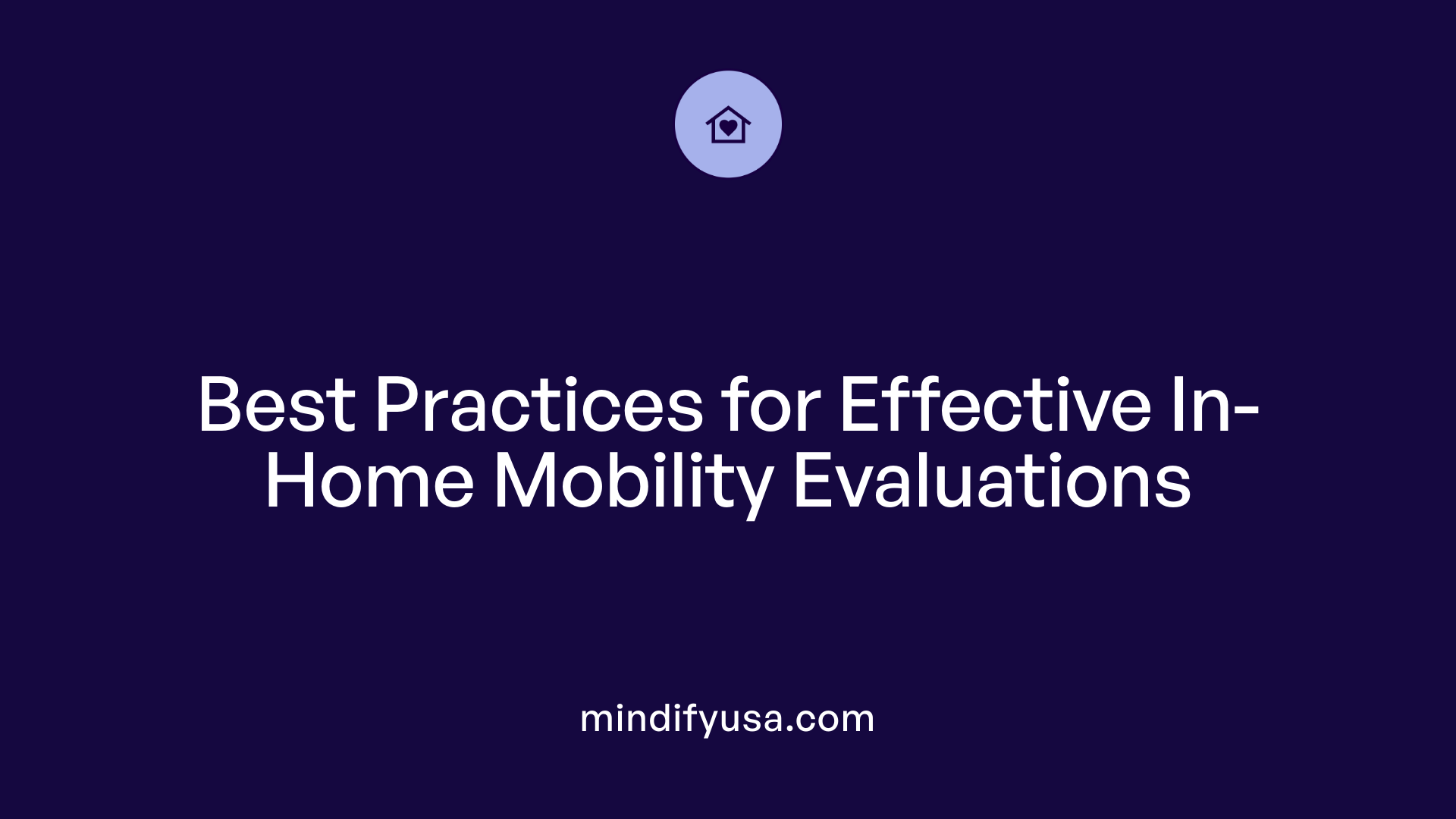
What are best practices for performing in-home mobility assessments?
Conducting effective mobility assessments within a home requires a thorough and well-structured approach. First, clinicians should perform a comprehensive evaluation by reviewing the individual’s medical history, current functional abilities, cognition, and the physical environment.
Observation is crucial; professionals observe the person performing everyday activities like walking, transfers, toileting, and getting in and out of chairs. Identifying safety concerns and mobility limitations helps in planning suitable interventions.
Using standardized assessment tools such as the Bedside Mobility Assessment Tool (BMAT) or Elderly Mobility Scale (EMS) helps ensure objective measurement. These tools guide clinicians in evaluating mobility levels accurately and consistently.
An essential part of the process involves precise environmental measurements. These include assessing doorway widths, floor space, and potential barriers. In-home visits allow for more accurate measurements than photos or reports alone. In some cases, telehealth assessments using platforms like Zoom or FaceTime can supplement or partially replace in-person evaluations.
Based on the assessment findings, tailored recommendations are made. These may involve suggesting appropriate mobility aids or environmental modifications such as ramps, grab bars, or lighting improvements. Proper training on equipment use and safety precautions is vital to maximize independence and minimize fall risk.
Overall, combining comprehensive evaluation, standardized assessment tools, accurate environmental measurements, personalized interventions, and equipment training forms the foundation of best practices for in-home mobility assessments. This approach promotes safety, supports independence, and reduces fall risk, helping individuals live more safely and confidently at home.
Enhancing Safety and Independence Through Thoughtful Evaluations
Effective in-home mobility evaluations are vital for creating safe, accessible, and supportive environments that enable individuals to maintain independence and improve quality of life. Utilizing structured assessments, environmental modifications, and ongoing support strategies ensures that mobility challenges are addressed comprehensively. With advancements in technology and a multidisciplinary approach, home assessments are becoming more accessible and precise, empowering patients and caregivers alike. Prioritizing safety, personalized solutions, and education fosters confidence and resilience, promoting healthier, more independent living for all individuals, regardless of age or health status.
References
- Conducting Mobility Assessments: Start the Year Off Safely
- Virtual Home Modification and Safety Assessment Program
- Home Safety Assessment: Protect Your Independence with ...
- The Power of the Home Assessment - Paradigm
- Mobility assessment instruments - PMC - PubMed Central
- Home-Based Patient Care Safety | CHAP
- Rethinking Mobility to Improve Care for Older Adults
- Caregiver Guide: Mobility Problems











